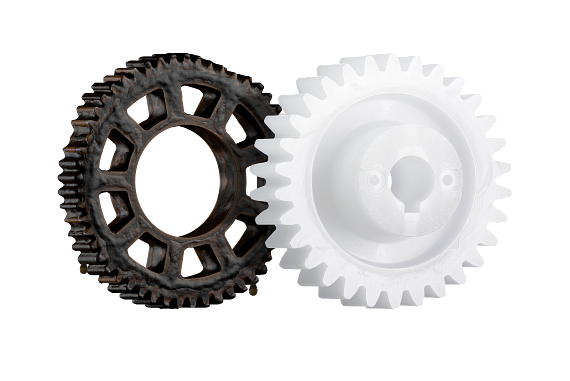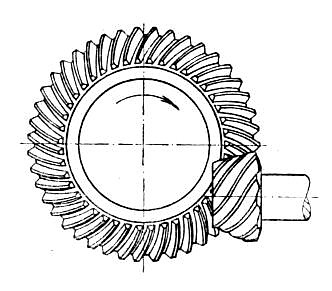What is mechanical advantage in gears?
Gears are fundamental components in many machines, from simple bicycles to complex industrial machinery. A key concept in the functionality of gears is mechanical advantage, which plays a crucial role in determining how effectively a machine can perform tasks. This blog will delve into the concept of mechanical advantage in gears, its applications, and its importance in machine design.
What is mechanical advantage in gears?
Mechanical advantage refers to the factor by which a mechanism multiplies the force put into it. In the context of gears, it allows for the amplification of force or speed, making tasks easier to perform.
Basic concept
The mechanical advantage in gears is the ratio of output force to input force. This can be calculated by the ratio of the number of teeth on the output gear to the number of teeth on the input gear. For example, if an output gear has 40 teeth and the input gear has 10 teeth, the mechanical advantage would be 4. This means the force applied by the output gear is four times greater than the force applied to the input gear.
Related: Gear module: what is it and why is it important?
This concept is essential to understanding gear reduction and how best to apply it in applications as well.
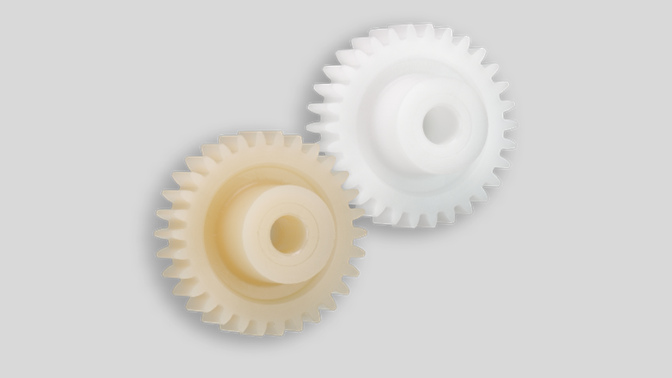
The above gears would form a gear train with a mechanical advantage of 1, as each gear has the same number of teeth.
Gear ratio explanation
Gear ratio is a key element in determining mechanical advantage. A higher gear ratio means greater force multiplication but reduced speed, and vice versa. For instance, in applications where lifting heavy loads is required, a high gear ratio is beneficial as it provides greater force. Conversely, for applications requiring high speed, a lower gear ratio is more suitable.
How mechanical advantage in gears can be applied
Mechanical advantage can be applied to machinery in a number of different ways, depending on the requirements of the application. Precision, force amplification, and speed amplification are just a few of the ways it can be applied.
Lifting heavy loads
In industries such as construction and manufacturing, machines often need to lift heavy loads. By using gears with a high mechanical advantage, these machines can lift heavy loads with less input force, making the process more efficient and less labor-intensive.
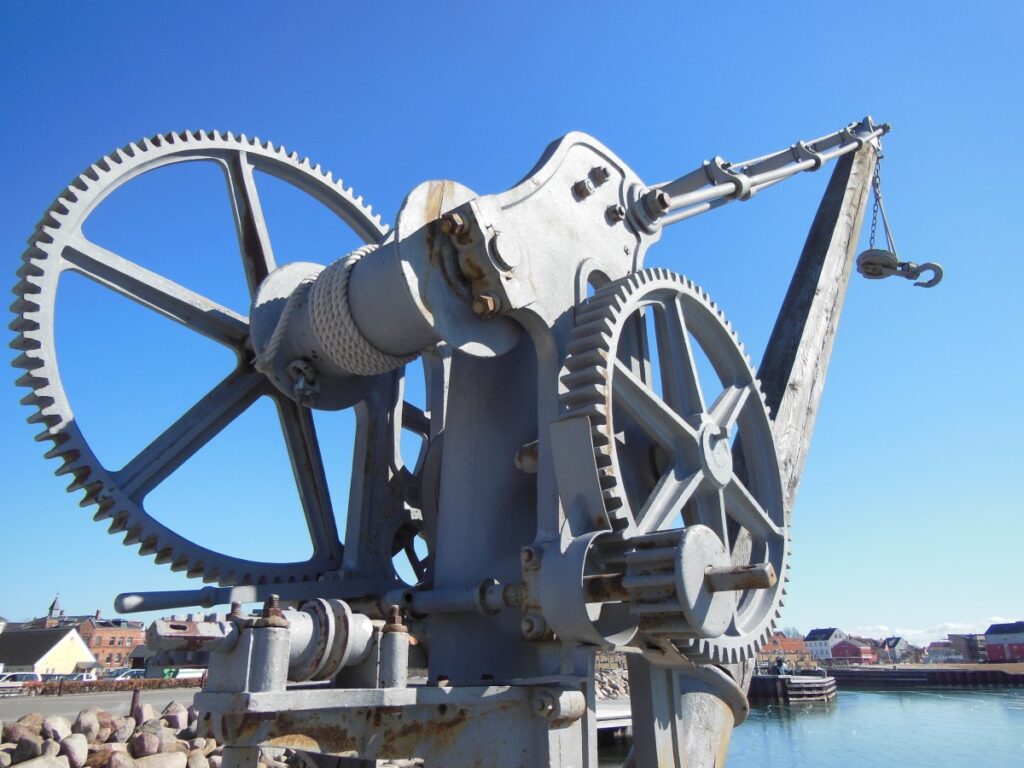
Increasing speed
Gears can also be configured to increase speed, which is useful in applications like bicycles and automotive engines. In these cases, converting rotational speed efficiently is essential for optimal performance. For example, in a bicycle shifting to a higher gear ratio allows the rider to pedal faster with less effort on flat terrain.
Precision machinery
In machines requiring high precision, such as watches and robotics, gears with specific ratios provide controlled and accurate movement. Precision gears ensure that movements are precise and consistent, which is crucial for the functionality of these devices.
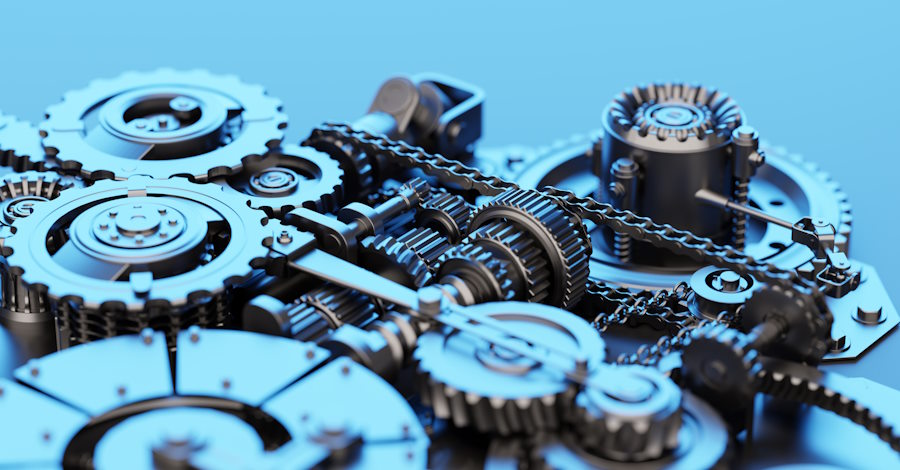
Importance of mechanical advantage in machine design
Mechanical advantage is vital in many aspects of machine design, from efficiency and durability to energy consumption and safety.
Effectiveness
Understanding and applying the correct mechanical advantage improves the effectiveness of a machine. Effective machines perform their intended functions with minimal wasted effort, leading to better performance and lower operational costs.
Durability
Proper gear ratios can reduce wear and tear on machinery, extending service life. By minimizing unnecessary stress on components, machines can operate more reliably and require less frequent maintenance.
Energy Conservation
Machines designed with optimal mechanical advantage use energy more efficiently. This not only reduces operational costs but also has a positive environmental impact by conserving energy and reducing waste.
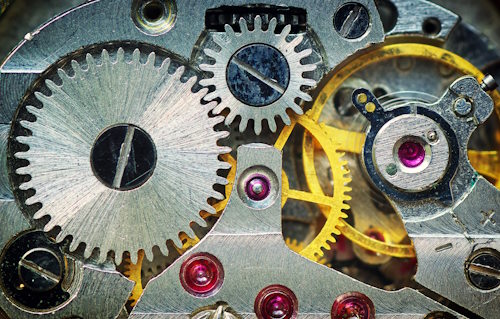
Safety
Using the correct mechanical advantage ensures that machines operate safely. Inappropriate force application can lead to mechanical failure or accidents, so designing machines with the right gear ratios is essential for preventing these issues.
Related: Essential safety training tips for manufacturing employees
Looking forward
Mechanical advantage is a critical factor in optimizing the performance and longevity of machines. By understanding and applying the principles of mechanical advantage, engineers can design more effective and reliable machines.
Future developments in gear design and materials could further enhance mechanical advantage and efficiency. Innovations in these areas may lead to even more efficient and durable machines, benefiting various industries.
As we move forward, it's important for engineers and designers to always consider mechanical advantage in their projects. Doing so will ensure the creation of machines that are effective, reliable, and safe.
By understanding and leveraging the concept of mechanical advantage, we can continue to improve the functionality and performance of the machines that power our world.

